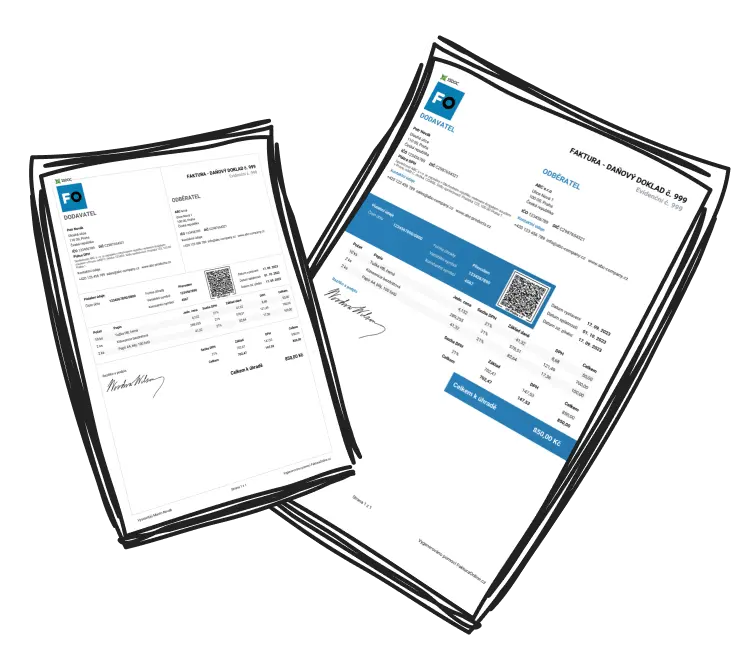Typically, the responsibility for who sends an invoice rests with the seller or service provider. In most transactions, the invoice sender is the business or individual delivering goods or offering services. This common practice ensures proper documentation of the financial transaction. Exceptions might arise due to specific agreements or unique transaction conditions, but the responsibility generally lies with the provider.
What Are the Responsibilities of the Invoice Sender?
The invoice sender plays a critical role in ensuring the payment process is smooth, accurate, and compliant. Here’s what they must do:
Include all necessary information: Ensure details like the invoice number, date, buyer and seller information, description of services or goods, quantity, total amount, payment terms, and taxes (if applicable) are clearly listed.
Ensure compliance: Check that the invoice adheres to local tax laws and industry guidelines, including VAT or GST where relevant.
Send invoices promptly: Delays in sending invoices could lead to late payments and affect cash flow.
Maintain clear records: Proper documentation supports accounting and payment reconciliation.
Follow up on overdue payments: Professional reminders and adjustments, like issuing credit notes or corrections, are also part of the sender’s duties.

Tip
To avoid legal or financial issues, double-check that the invoice meets all regulatory requirements, especially when dealing with cross-border transactions.
Does the Recipient Ever Need to Send an Invoice?
Though rare, there are scenarios concerning who sends an invoice where the recipient might take on the task:
In a self-billing arrangement, the buyer generates the invoice on behalf of the seller, which is common in industries with automated procurement systems.
Reverse invoicing can occur in cases like returning goods or addressing supply chain logistics.
Some clients might issue a debit note for invoice adjustments due to discrepancies or partial deliveries.
These situations are specific and usually governed by established agreements or industry norms.
Are There Specific Rules for Who Needs to Send an Invoice?
Determining who needs to send an invoice often hinges on legal requirements, contractual terms, and industry standards.
For instance, specific regulations govern invoicing in countries with VAT or GST, such as European Union rules requiring VAT-compliant invoices for B2B transactions. Contracts between parties may also outline invoicing protocols, while some industries, like construction, have unique billing structures depending on project stages.

Failing to issue invoices correctly can lead to legal or financial consequences, such as tax compliance issues, disputes, or penalties. Always review local regulations and contractual obligations regarding invoicing responsibilities.
How Can One Determine Who Should Send an Invoice?
Follow these steps to confidently identify invoicing responsibilities:
Check the agreement: Review the contract or terms of the transaction to identify invoicing roles.
Understand industry norms: In most cases, the seller or provider sends the invoice.
Consider financial records: Determine who needs to track the payment as income or receivable.
Communicate upfront: Clarify roles before starting the transaction to avoid confusion.
Keep copies of invoices: Retain all invoices for future reference and accountability.
This straightforward approach ensures clarity and avoids misunderstandings for all involved parties.


